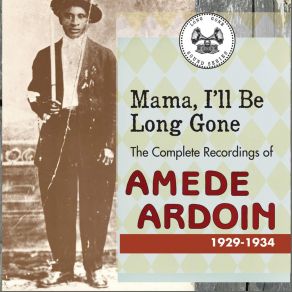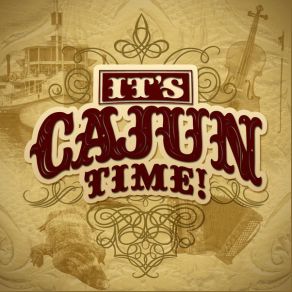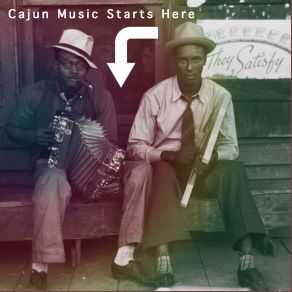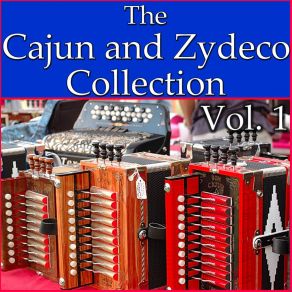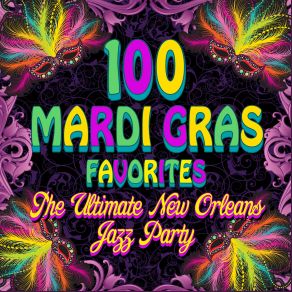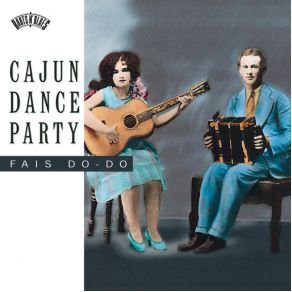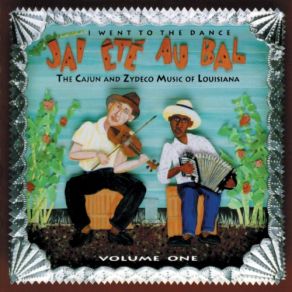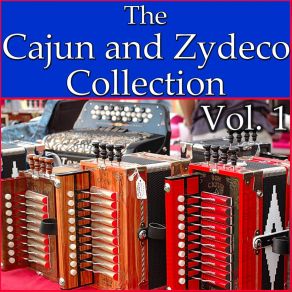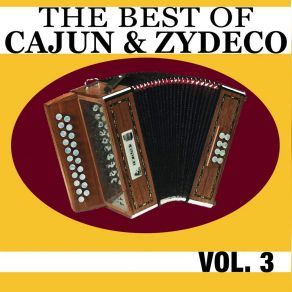Amédé Ardoin / Amede Ardoin
Wikimp3 information about the music of Amédé Ardoin / Amede Ardoin. On our website we have 6 albums and 21 collections of artist Amédé Ardoin / Amede Ardoin. You can find useful information and download songs of this artist. We also know that Amédé Ardoin / Amede Ardoin represents Songwriter/Lyricist genres.
Biography
[Edit]Amédé Ardoin is to zydeco music as Robert Johnson is to the blues and Buddy Bolden is to jazz. Like Johnson and Bolden, Ardoin not only died under still mysterious conditions, but also shares the potency of their musical influence, having laid the foundation for southwest Louisiana's zydeco music.
The first Creole to be recorded, Ardoin is best remembered for his resonating, high-pitched vocals and sizzling-hot accordion playing. Although he only recorded 31 tunes, his compositions have been included in the repertoire of Cajun and zydeco bands ranging from Austin Pitre and Dewey Balfa to Beausoleil and C.J. Chenier. Iry LeJeune helped to launch a revival in Cajun music in the 1950s, when he recorded 12 of Ardoin's tunes.
The great-grandson of a slave, Ardoin moved, as a child, with his family to work on the Rougeau farm in L'Anse des Rougeau near Basile. While there, he frequented the homes of his friends Adam Fontenot, who played accordion and was later the father of fiddler Canray Fontenot, and Alphonse LaFleur, who played fiddle. Together with LaFleur or Douglas Bellard, a black fiddler from Bellaire Cove, Ardoin became a frequent performer at dances, playing mostly for white audiences who paid him $2.50 per night.
In his teens, Ardoin moved frequently, working for room and board. For a while, he worked as a sharecropper on Oscar Comeaux's farm near Chataignier. While there, he met Dennis McGee, a white fiddler from Eunice. One of the first biracial Cajun duos, Ardoin and McGee began to play at house parties, often attended by Ardoin's cousin, Bois-Sec Ardoin. When Comeaux sold the farm, the two musicians moved to Eunice, where they worked at Celestin Marcantel's farm. A lover of music, Marcantel often transported Ardoin and McGee to performances in his horse-drawn buggy.
Ardoin and McGee's recording debut came on December 9, 1929, when they cut seven tunes at a studio in New Orleans. They returned to the studio to record six songs on November 20 and 21, 1930. On August 8, 1934, they recorded six tunes at the Texas Hotel in San Antonio. Their fourth and final recording session, recorded at a New York studio on December 22, 1934, produced 12 new tunes. Their recordings were issued on the Brunswick, Vocalion, Decca, Melotone, and Bluebird labels.
Ardoin often performed with fiddler Sady Courville of Eunice. In the late '30s, they played every Saturday night at Abe's Palace in Eunice. Courville's mother, however, prevented them from recording together.
Ardoin's death remains shrouded in mystery. One report has him being brutally beaten after wiping his brow with a handkerchief handed to him by the daughter of a white farm owner. According to McGee, Ardoin was poisoned by a jealous fiddler. More recent studies have concluded that Ardoin died of venereal disease at the Pineville Mental Institution.
Collections
Title: The Stuff That Dreams Are Made of: Super Rarities
Genre: Rock
Title: 15 Louisiana Zydeco Classics
Genre: World Music
Title: New Orleans Blues 30's (Doxy Collection, Remastered)
Genre: Blues
Title: It's Cajun Time!
Genre: World Music
Title: Cajun Music Starts Here
Genre: Blues
Title: The Best of Cajun and Zydeco
Genre: Country
Title: Cajun Music
Genre: Country
Title: Zydeco Champs
Genre: World Music
Title: Southern Country Blues, Vol. 2 (Box Set)
Genre: Blues
Title: The Cajun and Zydeco Collection, Vol. 1
Genre: Country
Title: New Orleans Jazz & Mardi Gras Music
Genre: Jazz
Title: Cajun Dance Party: Fais Do-Do
Genre: Hip Hop/R&B, Soul, Blues
Title: The Cajun and Zydeco Collection, Vol. 3
Genre: Country
Title: The Rough Guide - Zydeco
Genre: World Music
Title: Let Me Tell You About The Blues, New Orleans (CD1)
Genre: Blues
Featuring albums
Title: J'ai Ete Au Bal - Vol. 1 (I Went To The Dance)
Artist: Various Artists
Genre: Blues, World Music, Latin
Title: The Very Best of Cajun: Le Two-Step, Vol. 2 (1920s - 1930s)
Artist: Various Artists
Genre: Alternative

